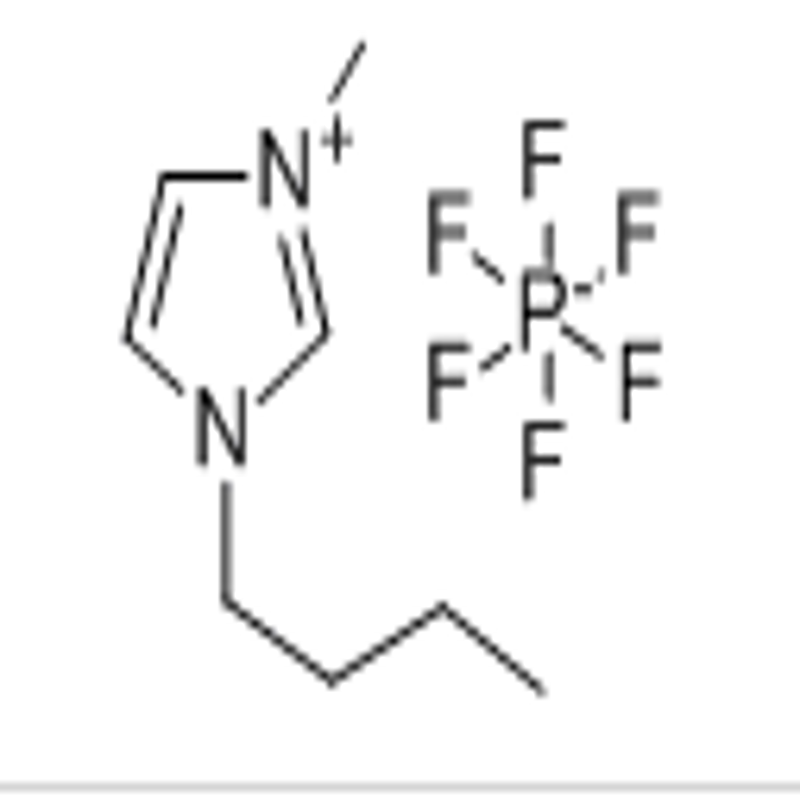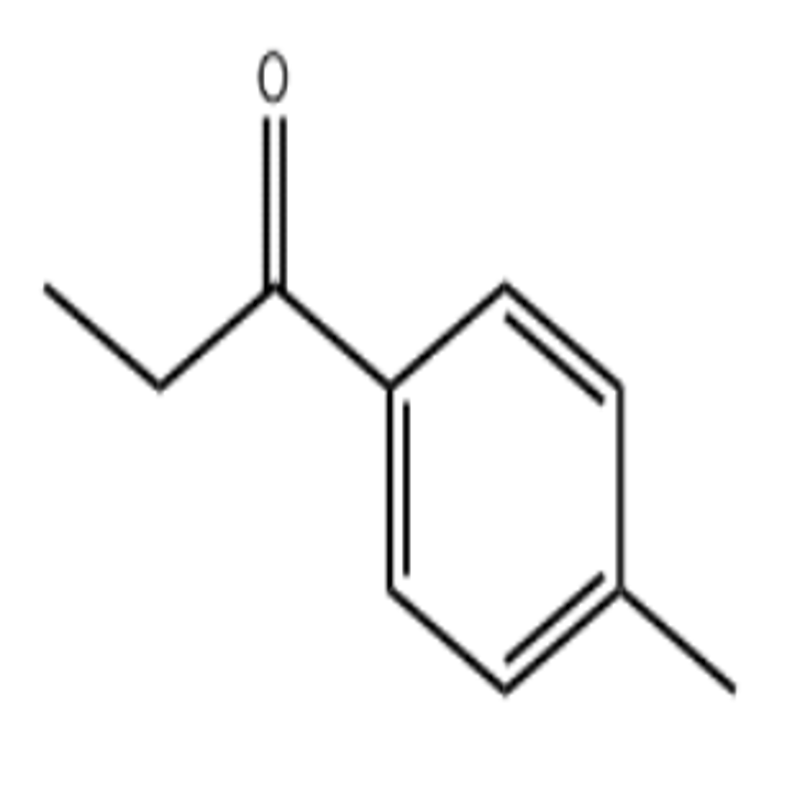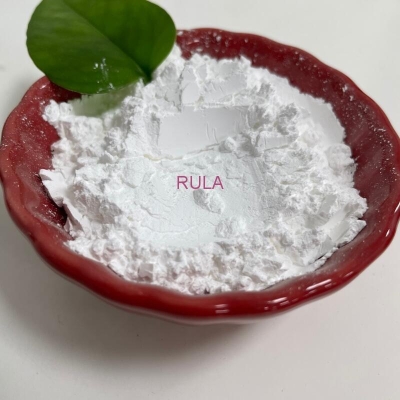Heavyweight bomb: the development process of sofibwe
-
Last Update: 2019-12-05
-
Source: Internet
-
Author: User
Search more information of high quality chemicals, good prices and reliable suppliers, visit
www.echemi.com
Original: singing Hepatitis C is a viral hepatitis caused by the infection of hepatitis C virus (HCV) There are more than 150 million people infected with HCV in the world and 10 million people in China The disease has strong concealment, and the infected people often have no symptoms or the symptoms are very light, which is easy to be ignored by the patients But it will quietly erode people's health and gradually develop into cirrhosis and liver cancer It is reported that 20 years after HCV infection, the incidence of cirrhosis is nearly 10-15% About half a million people are transplanted or die each year because of hepatitis C and its complications, so hepatitis C is also known as the "silent killer" At present, there are two schemes to treat hepatitis C: PR (pegylated interferon combined with ribavirin) and DAAS (direct acting antivirals) However, the PR regimen has obvious disadvantages, such as injecting pegylated interferon and taking ribavirin within 24-48 weeks However, this therapy is expensive and has strong toxic and side effects The overall cure rate is 54% - 56%, and the medication time is long, and the administration is not convenient After that, the overall cure rate of DAAS scheme suddenly increased to more than 90%, and some of them could achieve 100% cure rate, and the time of administration was short, most of them were taken orally, which made hepatitis C a curable disease Sofosbuvir, as mentioned in this article, is one of the best DAAS drugs Since sofosbuvir was approved by FDA in 2013, it has become one of the most important new drugs approved in this year, and soon become a "heavy bomb" HCV is a single strand justice RNA virus, which mainly contains six genotypes Scientists have found that there are three important drug targets involved in the replication of HCV: (1) NS3 / 4A protease is related to the post transcriptional processing of HCV polyproteins; (2) NS5B polymerase is the key enzyme for HCV RNA synthesis; and (3) NS5A protein is related to the formation of replication complexes NS3 / 4A protease inhibitors include trapivir, boprevir and other drugs, and NS5A protein inhibitors include dacatavir, redipavir and so on Sofibvir belongs to NS5B polymerase inhibitor, which can stop viral RNA replication after binding with the target It is the "ultimate way" to eliminate HCV At the same time, the drug is also the first drug that does not need to be combined with interferon to treat hepatitis C, and has effect on all genotypes of HCV The discovery of sofibwe began with the study of HCV NS5B RNA dependent RNA polymerase (HCV NS5B RdRp) HCV NS5B RdRp is an important enzyme for HCV, and gly317-asp318-asp319 (GDD), which dominates HCV NS5B RdRp, is an invariant arginine residue and exists in all HCV genotypes Nucleoside triphosphate (NTP) binds to GDD site, prolonging HCV RNA chain Therefore, HCV NS5B RdRp is a rare active target Now that the target is there, the next step is to design the inhibitor that binds to the target The general approach is to design nucleoside analogues Two points should be paid attention to in the design of compounds: 1 The magnitude of toxicity caused by the Miss target with RNA polymerase; 2 The activity of compounds themselves and whether they participate in the metabolism of nucleic acids in vivo The key of DAAS is to design compounds that are not easy to miss, have low toxicity and high activity After a large number of experimental designs and accumulated experience of scientists, they screened out uridine analogues as potential drugs for testing Experience shows that the unique substituent at C2 'or C4' position of uridine has obvious anti HCV activity The results showed that psi-6130, as a uridine analogue (the C2 ′ position of uridine is replaced by F atom and methyl group), has an effective inhibitory effect on HCV replication Unfortunately, the results of phase I clinical trials show that psi-6130 does not have good pharmacokinetic characteristics; for another compound, psi-6206, it has good tolerance and highly effective inhibition, but it also has disadvantages - its bioavailability is too low, only 25% So the two compounds went out In order to solve the problem of bioavailability and metabolism, the 3 ′, 5 ′ - diisobutyrate prodrug rg7128 (mercitabine) was designed to promote the absorption and metabolism of compounds in the intestine The results also show that merrictabine can improve the pharmacokinetic parameters, and the clinical trials also show that the drug has a certain effect But the drug is not the most ideal drug, because mericitabine has general efficacy and short half-life, which makes it unable to grow into a good drug Mericitabine has a shorter half-life and needs to be taken twice a day, while the design of more effective and long half-life drugs is more conducive to the treatment of patients For the sake of the safety and efficiency of the drug, the C 2 'position is reserved from the F atom and methyl group Through the observation of the metabolites of psi-6130, it is found that the monosphosphate psi-6130 can be converted into the form of triphosphate, and the triphosphate psi-6130 is the active metabolite Surprisingly, the monosphosphate psi-6130 can also be further converted into the triphosphate psi-6206, and the triphosphate psi-6206 has a long half-life, and its activity is also better than the triphosphate psi-6130 But psi-6206 can not be converted into psi-6206 This is a major discovery, which indicates that uridine monophosphate derivatives may be the ideal DAAS drugs Now the biggest problem is how to transfer uridine monophosphate derivatives into the body The absorption of compounds containing phosphate groups to human body is rather unfriendly, because these compounds are all negatively charged Finally, scientists still use the prodrug design Through rich experience and SAR research, the first prodrug psi-7672 was designed After that, a large number of derivatives were synthesized and some experiences were summarized For R1 and R2 groups, methyl, isopropyl, butyl and phenyl are common substituents, while the substituents of R3 group are mostly phenyl and its derivatives Further experiments show that it is more appropriate to replace R2 with methyl, because other groups show toxic reaction and l configuration The determination of R1 and R3 groups is also quite difficult Scientists conducted animal experiments on the candidate compounds Only compounds No 10, 11 and 16 showed a high concentration of aggregation in the liver of rats, and then conducted experiments on dogs and monkeys In the follow-up experiments, compounds 10 and 16 were eliminated because of toxic reactions, while compound 11 was a highly effective HCV inhibitor, which could prevent the replication of the virus because of its good safety, pharmacokinetic parameters and long half-life After that, the compound was used in clinical trials The phase I trial showed that it has good safety and pharmacokinetic parameters, and it can be done once a day The patient's tolerance is also very high, so it is a successful drug However, for compound 11, it is not a monomer, but a mixture with different hand forms Later, scientists invented the chiral synthesis method, and found that the compounds with s configuration had activity The s-configuration compound is sofibuvir Sufebuvir has a strong inhibitory effect on HCV NS5B RdRp, ec90 = 0.42 μ m, and has activity on all genotypes of HCV For drugs targeting HCV NS5B polymerases, sofibvir is the only drug successfully marketed Sofibvir is also the first drug that does not require interferon NS5B inhibitor, which is successfully developed, is also a revolutionary anti HCV therapy, which makes it possible to cure hepatitis C reference material: 1.Sofosbuvir:A novel treatment option for chronic hepatitis C infection 2.The discovery of sofosbuvir: a revolution for therapy of chronic hepatitis C 3.Sofosbuvir:The Discovery of a Curative Therapy for the Treatment of Hepatitis C Virus.
This article is an English version of an article which is originally in the Chinese language on echemi.com and is provided for information purposes only.
This website makes no representation or warranty of any kind, either expressed or implied, as to the accuracy, completeness ownership or reliability of
the article or any translations thereof. If you have any concerns or complaints relating to the article, please send an email, providing a detailed
description of the concern or complaint, to
service@echemi.com. A staff member will contact you within 5 working days. Once verified, infringing content
will be removed immediately.







